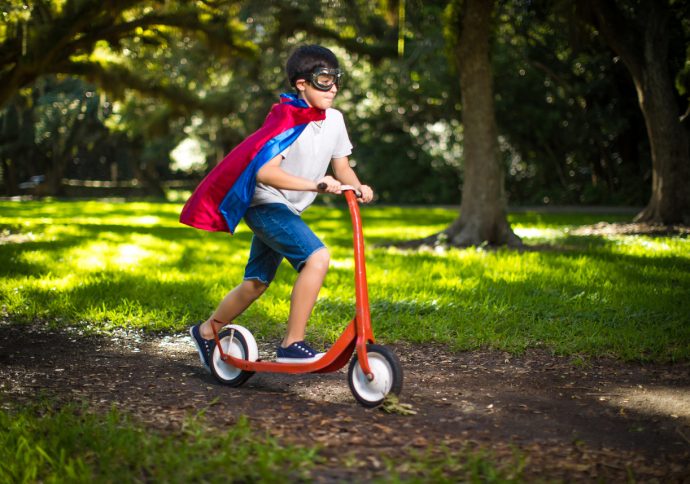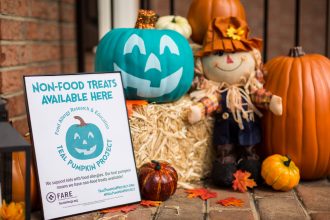What does it mean to be brave? If you ask your child this question, your child will probably say that being brave means not being afraid. That’s the wrong answer. It’s also an answer that keeps kids from becoming brave.
Bravery doesn’t mean fearlessness. It means doing something even though we’re scared. To become brave, children need to learn to tolerate feeling scared and not let fear hold them back.
Feeling scared is often a sign that kids are doing something new or challenging. If they wait until they don’t feel scared before they start, they may never get there. They could miss out on fun experiences and important learning opportunities.
Some children seem to come out of the womb as fearless little daredevils, but other kids have to learn to be brave. According to research by Jerome Kagan at Harvard University, about one out of every five babies is born with an inhibited temperament. These babies are easily overwhelmed by new situations. For instance, although most babies look interested when they see a new mobile, inhibited babies tend to cry and arch their backs.
Fortunately, experience can modify temperament. Kagan finds that two-thirds of inhibited babies do not grow up to be shy toddlers. Somehow, these kids learn to cope and become less fearful.
Here are some ways you can help your child become brave:
Acknowledge your child‘s feelings. When we see our kids overreacting to a situation we know isn’t dangerous, it may be tempting to dismiss their fears by saying, “Don’t be scared! There’s nothing to be afraid of!” This rarely works. Instead, acknowledge your child’s struggle. For instance, you could say, “You’re feeling nervous because you don’t know what to expect,” or “You’re worried about how you will do.” Knowing you understand can ease the weight of your child’s feelings and make it easier for your child to cope.
To find out more about acknowledging your child’s feelings and get more tips on helping your child move past fear, visit PBS.org.





